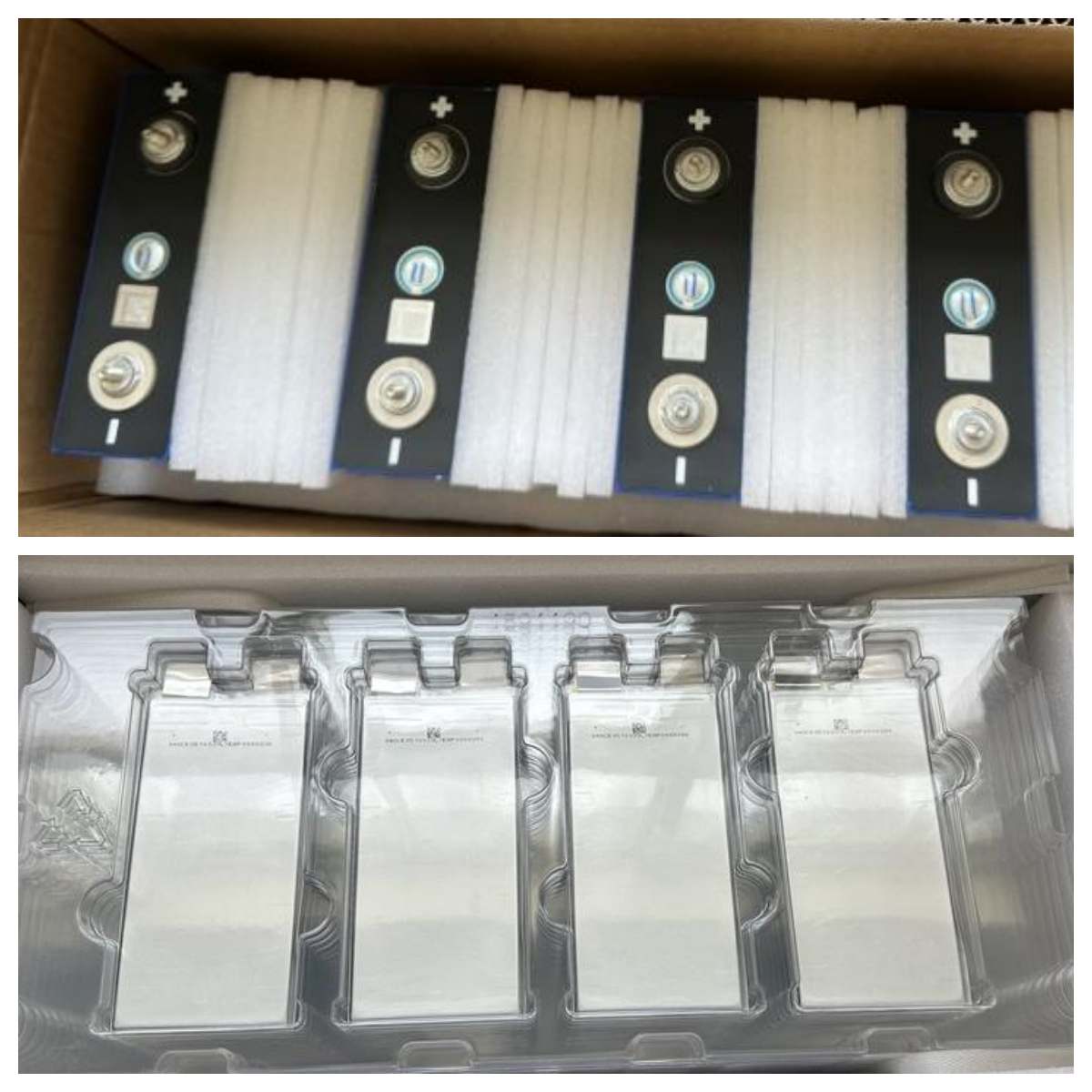
Lithium iron phosphate (LiFePO4) batteries have emerged as a leading energy storage solution, prized for their exceptional thermal stability, long lifespan, and enhanced safety compared to traditional lithium-ion alternatives. Among their varied designs, pouch cells and prismatic cells stand out as two dominant formats. But how do these configurations differ, and which one aligns best with your needs? Let’s break down their features, strengths, and ideal use cases.
Pouch cells derive their name from their lightweight, foil-like aluminum-plastic packaging. Inside this flexible enclosure, cathode, anode, and separator layers are stacked or wound, creating a slim, adaptable power source. This design eliminates rigid metal casings, enabling unique shapes and ultra-thin profiles.
Key Advantages of Pouch Cells:
- Space Efficiency: With thicknesses as low as 4mm, pouch cells maximize space utilization in compact designs.
- Lightweight Design: The absence of heavy metal casings reduces overall weight, critical for portable applications.
- Customization: Their malleable structure allows tailoring to fit irregular spaces or curved surfaces.
- Thermal Performance: A large surface area promotes efficient heat dissipation, enhancing safety.
- Cost-Effective Production: Simplified manufacturing processes often lower costs compared to prismatic cells.
- High Energy Density: More active material can fit within the same volume, boosting capacity.
Common Applications:
- Wearable technology (smartwatches, medical monitors)
- Drones and UAVs (weight-sensitive aerial systems)
- IoT devices and mobile robotics
- Custom-shaped batteries for niche industrial or consumer products
Prismatic cells feature a rigid, rectangular metal casing that houses layered electrodes and separators. This sturdy construction prioritizes mechanical integrity over flexibility, making them ideal for high-stress environments.
Key Advantages of Prismatic Cells:
- Robust Packaging: Metal enclosures resist physical shocks, vibrations, and external pressure.
- Ease of Assembly: Standardized shapes simplify automated manufacturing and module integration.
- Thermal Management: Metal casings enable efficient heat transfer, aiding in temperature regulation.
- Scalability: Suited for large-scale production, potentially lowering costs at high volumes.
Common Applications:
- Energy storage systems (ESS) for solar/wind installations
- Electric vehicles (e-bikes, motorcycles, automotive)
- Industrial power tools and heavy machinery
- Grid-scale backup power solutions
Factor | Pouch Cells | Prismatic Cells |
Form Factor | Thin, flexible, customizable | Rigid,standardized rectangular shape |
Weight | Lighter (no metal casing) | Heavier (metal enclosure) |
Durability | Vulnerable to punctures/swelling | High shock/vibration resistance |
Thermal Management | Passive cooling via surface area | Active cooling via metal casing |
Production | Lower tooling costs, adaptable designs | Automated assembly-friendly |
Cost Efficiency | Cost-effective at mid-scale | Economical at very high volumes |
1. Space Constraints & Design Flexibility:
- Opt for pouch cells if your project demands slim profiles, irregular shapes, or weight reduction.
- Choose prismatic cells for standardized, stackable modules in rigid systems.
2. Environmental Demands:
- Prismatic cells excel in high-vibration settings (e.g., EVs, industrial tools).
- Pouch cells thrive in controlled environments where physical stress is minimal.
3. Scalability & Budget:
- Pouch cells offer lower upfront costs for prototyping or mid-volume production.
- Prismatic cells may provide long-term savings for mass-produced, high-volume systems.
Neither pouch nor prismatic LiFePO4 cells are universally superior—the "best" choice hinges on your project’s unique requirements. Prioritize factors like space, weight, environmental conditions, and production scale when making your decision. Both formats retain LiFePO4’s core benefits: safety, longevity, and stable performance. By aligning the cell design with your application’s demands, you’ll unlock the full potential of this transformative battery technology.
Next:BYD Energy Storage Unveils Next-Generation Integrated Residential Energy Solution at Key Energy 2025